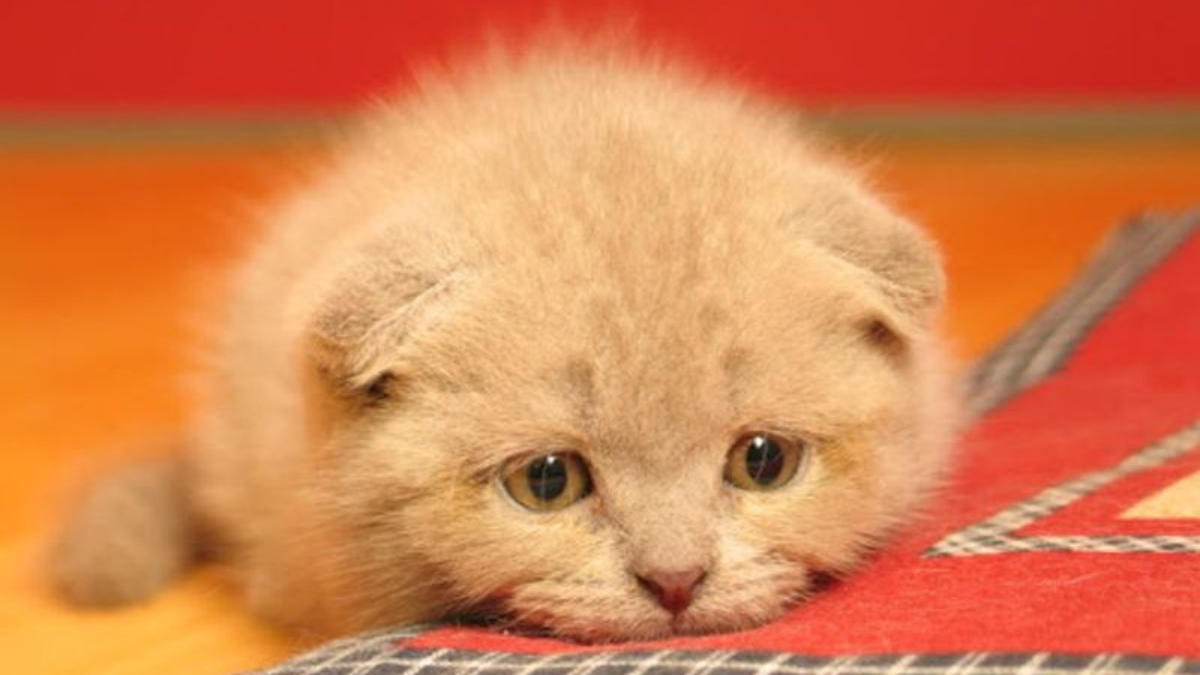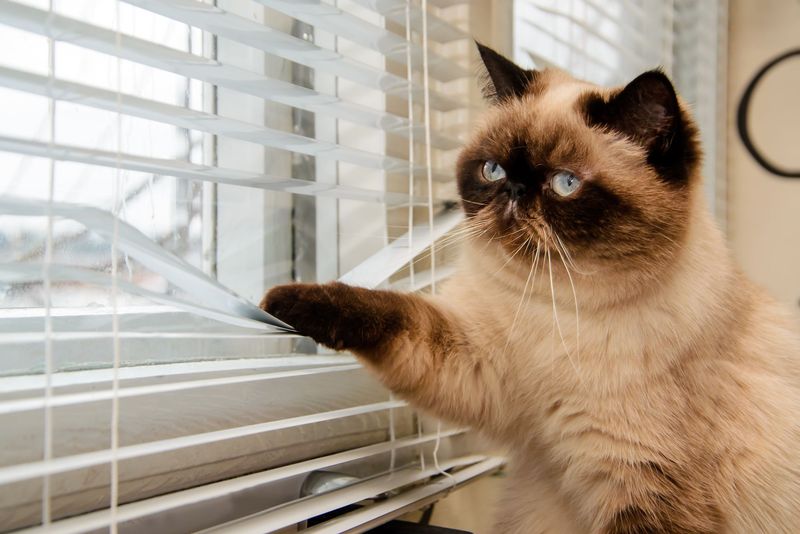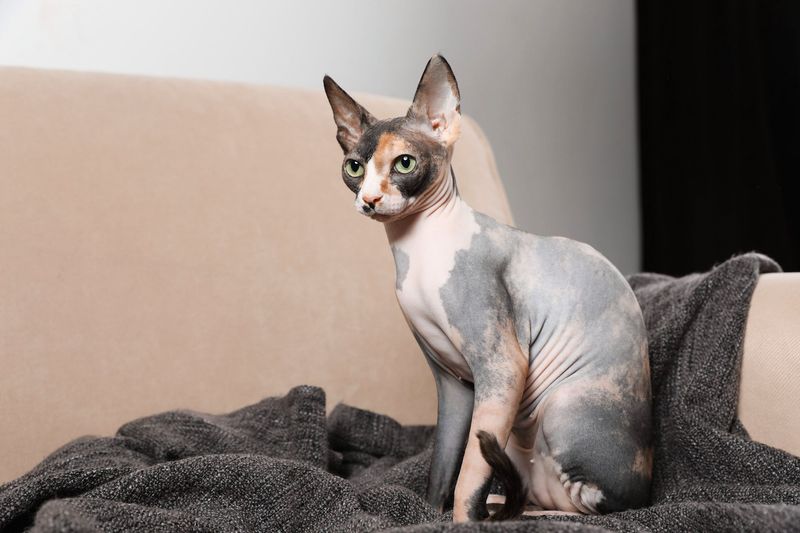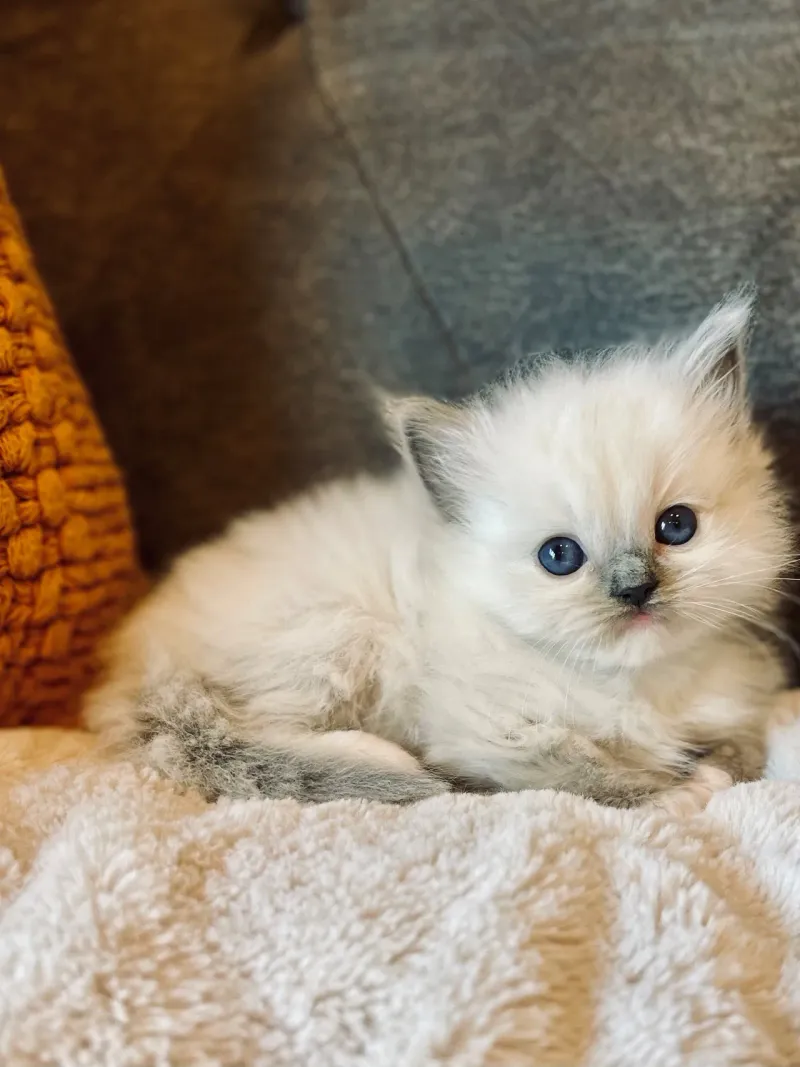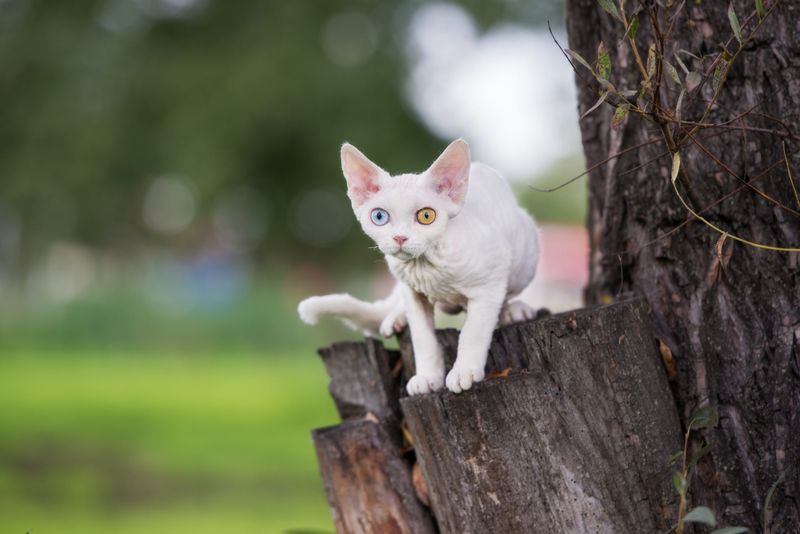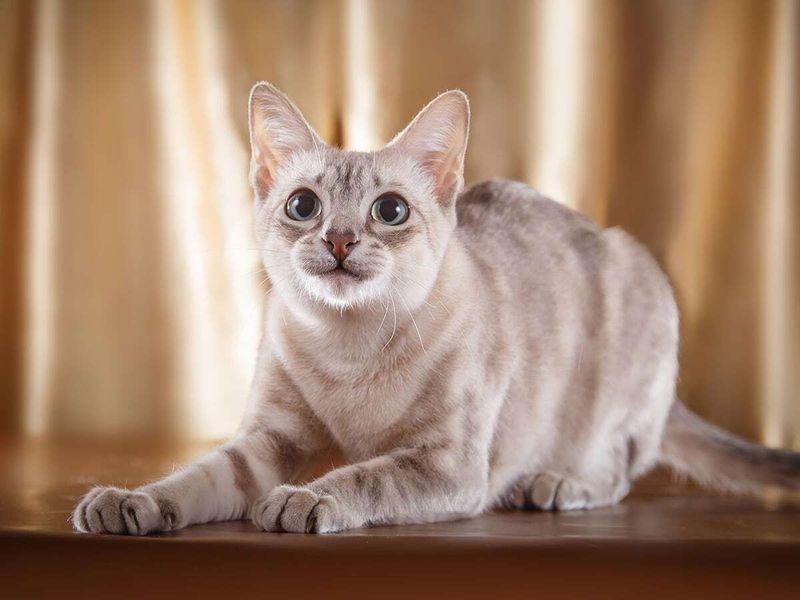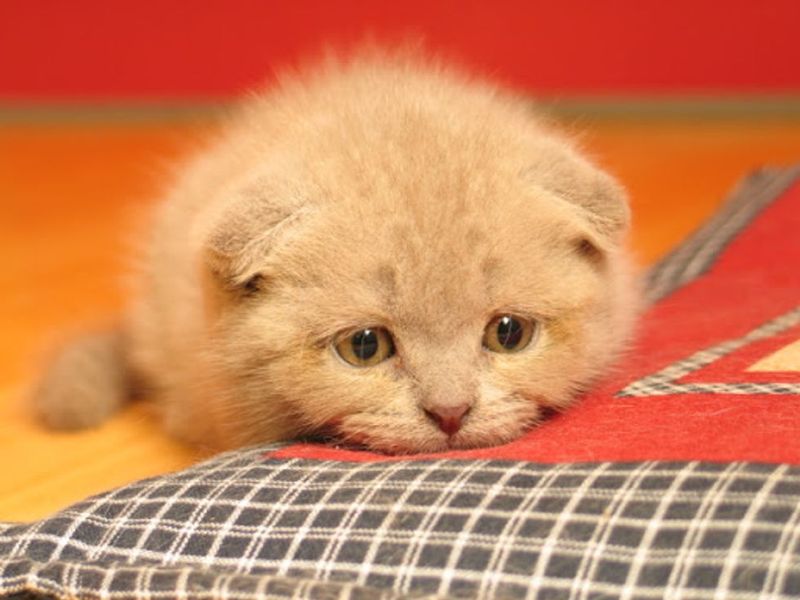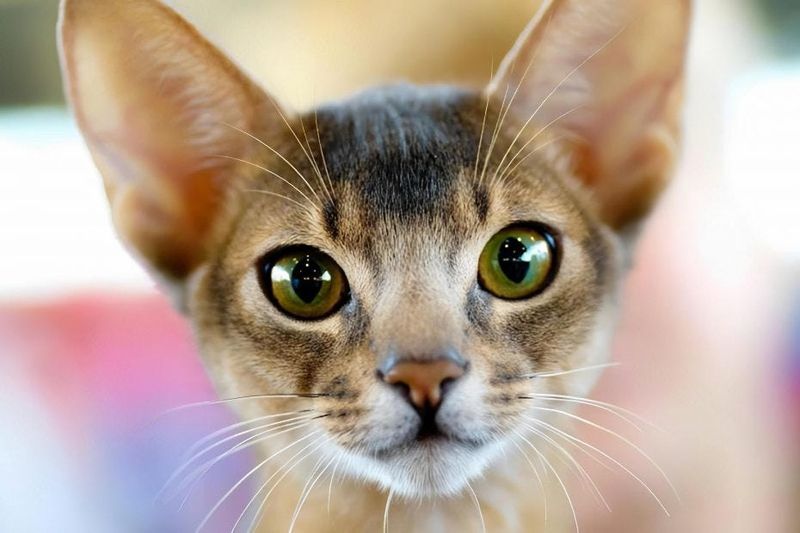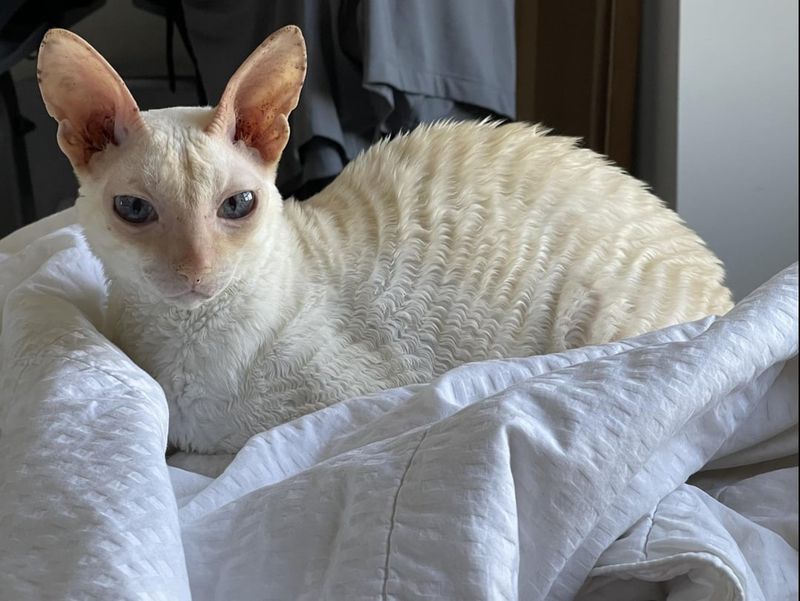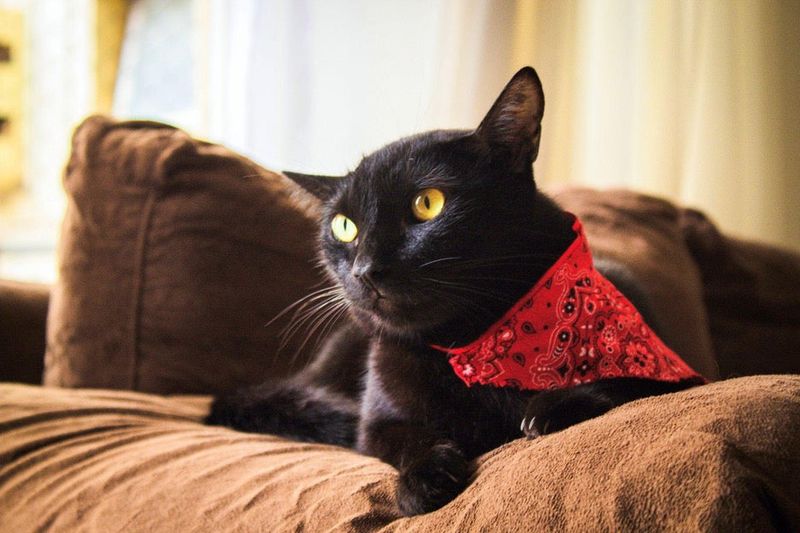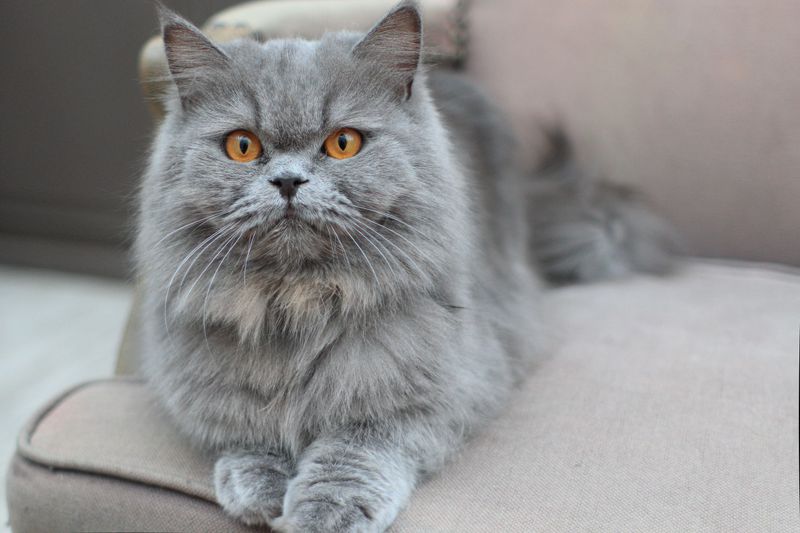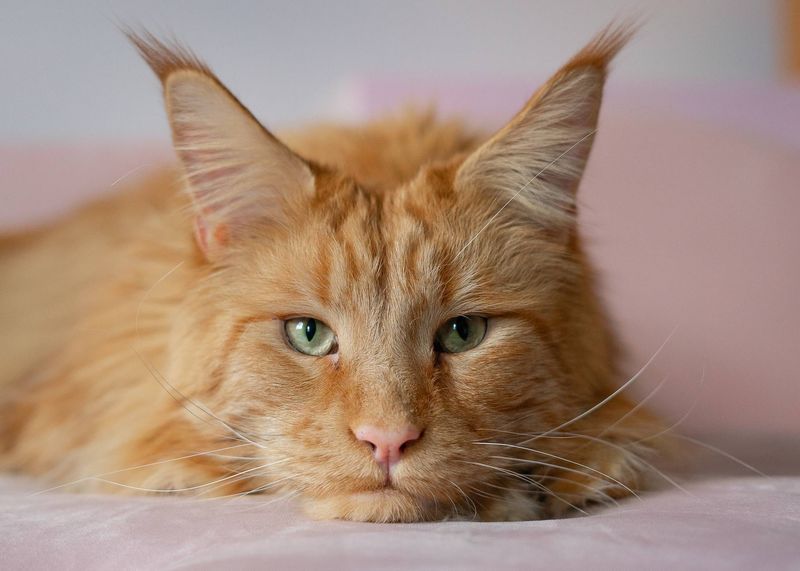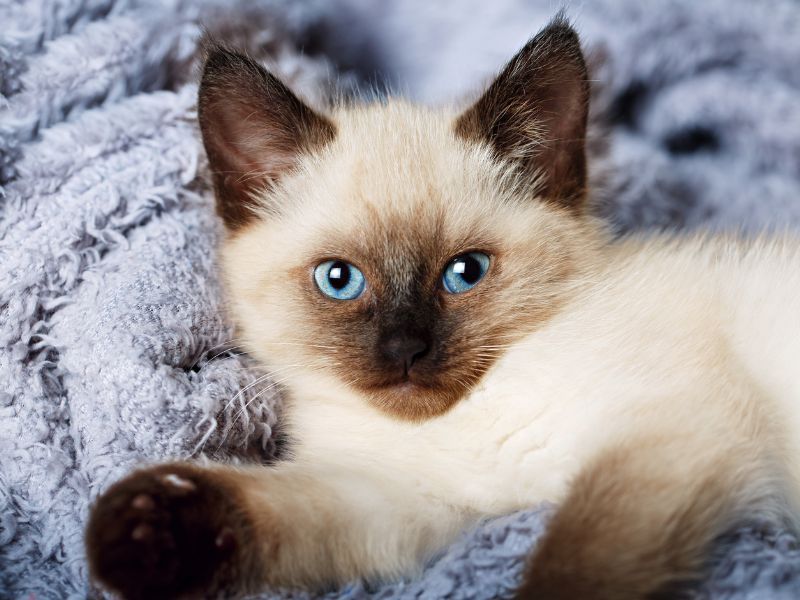📖 Table of Content:
Cats are often seen as independent creatures, yet certain breeds show a stronger need for social interaction. These affectionate felines can experience stress or behavioral issues if left alone too often. Their well-being depends heavily on consistent companionship and mental stimulation.
Some breeds form deep bonds with their humans and thrive in lively, engaging environments. Without enough attention, they may develop anxiety or destructive habits to cope with loneliness. Recognizing these needs is essential for creating a happy and healthy home.
Providing the right balance of company and care can make all the difference for these social cats. Their vibrant personalities and emotional sensitivity mean they flourish with regular interaction. Choosing the right breed can help ensure a lifelong, fulfilling relationship.
1. Siamese
Siamese cats are famous for their loud, demanding voices that they’ll use constantly to get your attention. They form intense bonds with their humans and suffer from separation anxiety when left alone for too long.
Many Siamese owners report coming home to find household items knocked over or furniture scratched as a protest against being abandoned. These intelligent cats need mental stimulation throughout the day.
Getting another pet companion or arranging for someone to check in during long absences can prevent your Siamese from becoming distressed and destructive.
2. Sphynx
Without the insulating fur that most cats possess, Sphynx cats rely heavily on external warmth to stay comfortable. These hairless companions eagerly cuddle with humans, other cats, or even dogs, drawn by the need for both warmth and affection.
Their playful, dog-like personalities mean they’re constantly looking for interaction and games. Sphynx cats have been known to greet owners at the door and follow them from room to room.
The combination of their need for warmth and their social nature makes solitude particularly difficult for this unusual breed.
3. Ragdoll
Named for their tendency to relax completely when held, Ragdolls are known for their calm demeanor. However, their laid-back nature doesn’t mean they like solitude. These affectionate giants build strong bonds and can become quite upset when apart from their loved ones.
Unlike more independent breeds, Ragdolls don’t have strong territorial instincts or self-entertainment skills. They prefer being where the action is, even if that means just quietly observing family activities.
Their docile temperament makes them vulnerable to depression if left without companionship, leading to decreased appetite and lethargy.
4. Burmese
Life for a Burmese cat means doing everything as a team. These chocolate-hued friends will follow their humans from room to room, eager to join in on everything from cooking meals to bathroom trips. Their desire for connection is unmistakable and constant.
Their persistent nature means they’ll try to open closed doors to reach you. Burmese cats develop routines around their humans’ schedules and become disoriented when those routines are disrupted by absence.
They’re known for their ability to sense emotional states, often providing comfort when owners are sad or stressed – a talent wasted when they’re left by themselves for extended periods.
5. Devon Rex
Devon Rex cats, with their elfin faces and wavy coats, are the class clowns of the cat world. They perform silly antics specifically to make their humans laugh and react, which becomes problematic when no audience is present.
Their thin coats and high metabolism mean they run warm and seek out body heat from others. Devon Rex cats have been known to develop separation-related behaviors like excessive grooming when left alone too often.
These cats thrive in busy households where someone is usually around to appreciate their playful antics and provide the physical contact they crave.
6. Tonkinese
Tonkinese cats combine the vocal nature of Siamese with the affectionate personality of Burmese, creating a breed that demands social interaction. They’ll follow their favorite people from room to room, providing running commentary on everything happening.
These medium-sized cats are natural entertainers who perform acrobatic feats and learn tricks quickly. The problem arises when their audience disappears – Tonkinese can become depressed without regular appreciation of their talents.
Their intelligence makes them excellent at finding ways to express displeasure with abandonment, often by reorganizing household items or learning to open cabinets.
7. Scottish Fold
The folded ears of Scottish Folds create an adorable, concerned expression, though these cats are quite joyful around familiar faces. They form tight bonds with specific loved ones and experience real distress when away from them. Their emotional sensitivity is a hallmark of the breed.
Unlike some needier breeds, Scottish Folds don’t always show their distress through destructive behavior. Instead, they might withdraw and become unusually quiet, making their suffering less obvious to owners.
Their naturally sweet temperament makes them vulnerable to feeling abandoned even during routine absences, so having another pet companion can help ease their social needs.
8. Abyssinian
Fueled by boundless energy, Abyssinians seem like three cats in one agile, ticked body. To prevent destructive behavior born from dull moments, these cats need regular play and mental stimulation. Their lively nature keeps owners on their toes.
While they’re not typically lap cats, Abyssinians still require social contact and engagement. They excel at training and interactive play, making the absence of a play partner particularly difficult for them.
Their athletic abilities mean they can reach surprising heights and locations when seeking entertainment alone, often resulting in toppled items and disturbed shelves. Another energetic pet can help provide the activity partner they crave.
9. Cornish Rex
Cornish Rex cats retain kitten-like playfulness throughout their lives, making solitude particularly challenging for these social butterflies. Their distinctive curly coat provides less insulation than standard cat fur, creating a physical need to snuggle with warm bodies.
These cats develop elaborate games and expect human participation. When left alone, a Cornish Rex might resort to knocking items off surfaces or opening drawers in search of entertainment.
Their sensitive nature means they pick up on household emotions easily, making them wonderful companions but also vulnerable to stress when separated from their family unit.
10. Bombay
The sleek black Bombay cat, marked by glowing copper eyes, lives up to the name ‘velcro cat’ by staying glued to their preferred person. This breed forms tight, exclusive connections and feels uneasy when those bonds are broken. Their intense loyalty means they seek constant closeness.
Despite their independent appearance, Bombays crave routine interaction and playtime. They’re known for greeting their humans at the door and sleeping under covers with them at night.
Their attachment style means they can become anxious when regular schedules are disrupted, sometimes expressing their distress through excessive vocalization or refusing to eat properly.
11. Persian
The gentle demeanor of Persian cats can be deceiving, as they often struggle with being alone. Despite seeming relaxed, these fluffy companions need regular social interaction to stay happy. Their calm looks can mislead owners about their true emotional state.
These cats prefer quiet interaction over boisterous play, enjoying simply being in the same room as their humans. When deprived of this passive companionship, Persians can withdraw or develop grooming issues.
Their long coats require regular maintenance, creating another reason these cats benefit from consistent human presence rather than extended periods alone.
12. Maine Coon
Far from intimidating, Maine Coons use their impressive size to offer more warmth and affection. They form strong emotional connections with both people and animals in the home. Separation from any of them can leave these gentle giants feeling unsettled.
Despite their independent hunting abilities, Maine Coons are surprisingly sensitive. They’ll follow owners around the house, helping with chores and offering commentary in their distinctive chirping voices.
Their social nature makes them excellent therapy cats, but this same quality means they suffer when left without companionship. Their intelligence allows them to understand routines, making disruptions particularly stressful.
13. Balinese
Balinese cats are essentially long-haired Siamese, sharing their cousins’ vocal tendencies and need for constant interaction. These elegant felines will carry on full conversations with their owners and expect responses to their commentary.
Their high intelligence means they quickly learn which behaviors get attention. A lonely Balinese might start opening cabinets or turning on faucets simply to create some excitement in an empty house.
Balinese form strong bonds with their primary caretakers and can experience genuine grief when separated from them. Their emotional sensitivity makes them wonderful companions but vulnerable to loneliness.
